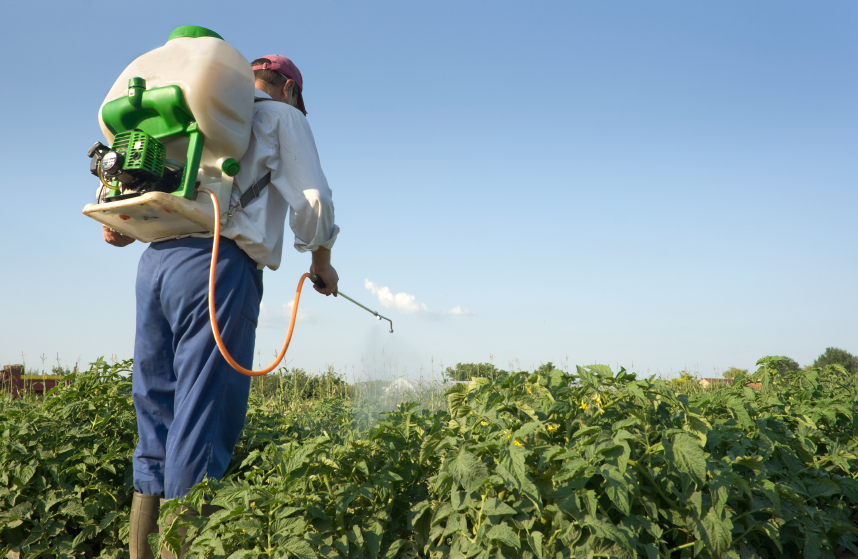Yesterday we looked at the looming compliance deadline for agricultural employers and handlers to protect their workers from pesticide exposure under the U.S. Environmental Protection Agency’s (EPA) Pesticide Worker Protection Standard. How important is it to have standards in place to protect employees who work with or around pesticides? Today we will review the implications of a new report concerning pesticide-related worker illnesses and injuries.
 |
Background
The National Institute for Occupational Safety and Health (NIOSH) recently released a report summarizing data from 12 states concerning pesticide-related illnesses and injuries in workers from both agricultural and nonagricultural sectors from 2007–2011. The 12 states that submitted the data participate in the Sentinel Event Notification System for Occupational Risk (SENSOR)-Pesticides program that tracks pesticide-related illness and injury.
Under the program, the states require physicians to report confirmed or suspected cases of pesticide illness or injury to state health authorities. The report categorized injury and illness severity into four groups:
- Low-severity cases, where the condition usually resolves without treatment and fewer than 3 days are lost from work;
- Moderate-severity cases, where the condition is not life-threatening, but requires medical treatment and time lost from work is up to 5 days;
- High-severity cases, where the condition is life-threatening, requires hospitalization, might result in permanent impairment, and more than 5 days are lost from work; and
- Fatal cases of pesticide poisoning.
Report Highlights
Highlights of the report include:
- 2,606 cases of acute occupational pesticide injuries and illnesses were identified in the 12 states during 2007–2011;
- Rates of injury and illness were 37 times greater in agricultural workers than rates for nonagricultural workers;
- Rates were highest in Washington State, although NIOSH is quick to point out that this does not necessarily mean that pesticide exposures are more hazardous or prevalent in Washington because the state has stronger agricultural worker protections and a more robust surveillance program;
- Most affected workers were exposed to insecticides or herbicides (as opposed to fumigants or fungicides);
- The classes of insecticides most often involved in injury or illness cases were pyrethroids, organophosphates, sulfur compounds, and pyrethrins;
- Specific herbicides most commonly involved in cases were glyphosate, paraquat and diquat;
- 80 percent of the cases were low-severity, 18 percent were moderate severity, 1 percent were high severity; and
- There were 2 fatalities.
Takeaway
A lot rests with employers to comply with pesticide regulations and ensure that their workers are trained to handle or be around the specific pesticides in their workplace.
According to NIOSH, pesticide products go through an extensive battery of testing before being registered by the EPA, which forms the basis for the Agency to develop conditions under which the pesticide may be used. Compliance with these use conditions, which are on the product labels, is expected to prevent unreasonable adverse effects to human health and the environment. The EPA may change use conditions or pesticide regulations, if the Agency deems it warranted.
However, pesticide-related illness and injury also can occur because of lack of compliance with existing pesticide regulations. NIOSH suggests that the appropriate ways to deal with these cases include enhanced training and enforcement.
Unsure about your new responsibilities to train workers who handle pesticides? Keep up with the recent amendments to EPA’s Pesticide Worker Protection Standard with a subscription to Enviro.BLR.com®.
